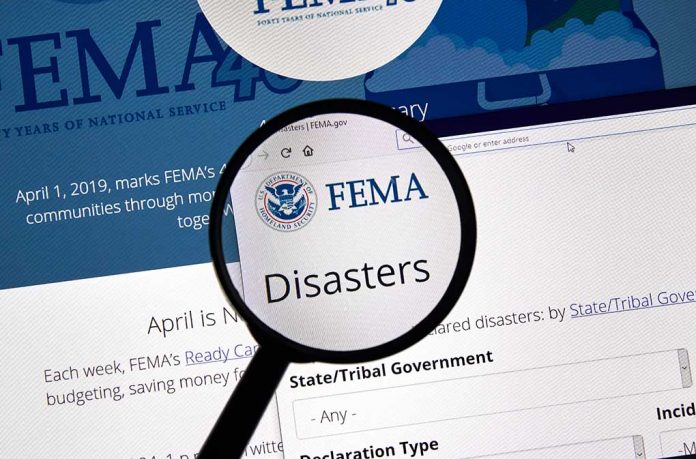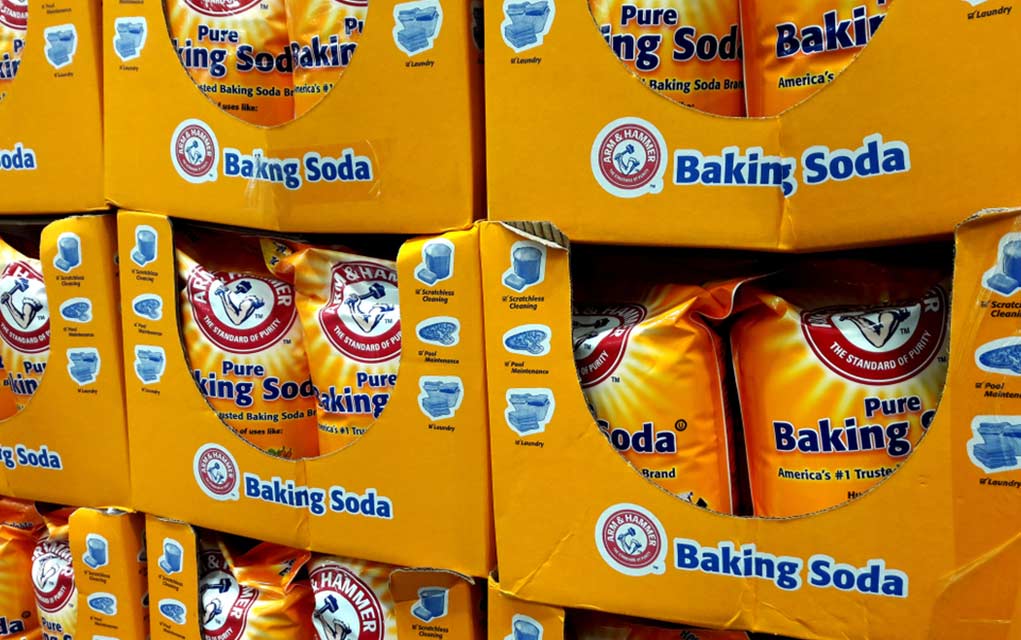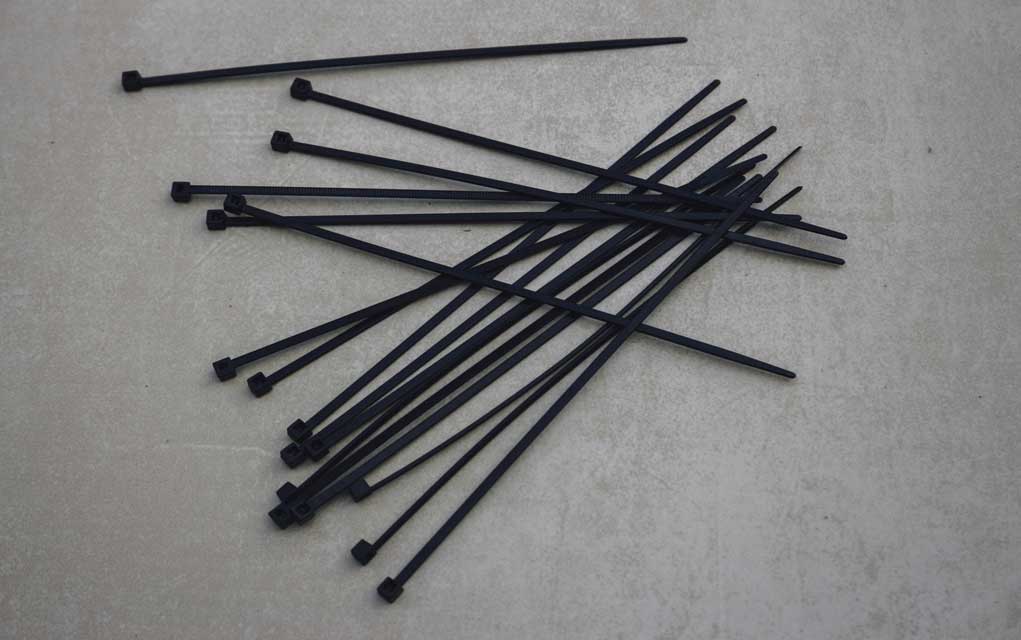(ModernSurvival.org) – The Federal Emergency Management Agency (FEMA) has released a new set of guidelines for sheltering-in-place during a variety of disaster scenarios. In prepper terms, this is known as bugging in. While the pamphlet is written for the layman, there are still some nuggets of knowledge that can be gleaned from examining what the government recommends when it comes to disaster preparedness.
What is Covered?
The new pamphlet covers a wide variety of disasters that may force a person to bug in, from active shooters and nuclear events to natural disasters and winter storms. FEMA also provides helpful hints on different types of buildings. Here is a full list of the disaster scenarios the new pamphlet covers:
- Active Shooter
- Chemical Hazard
- Earthquake
- Flooding and Flash Flooding
- Hurricane
- Nuclear or Radiological Event
- Pandemic
- Thunderstorm
- Tornado
- Winter Storm
Major Takeaways
While a great deal of the information provided by FEMA may seem redundant to many survival-minded individuals, there are some key takeaways that are applicable to everyone.
Have an Emergency Radio
Having the ability to listen to emergency broadcasts before, during, and after any major disaster is essential. They will have a better idea of when it is safe to exit a building following a disaster than the average person will. Emergency services will also let the public know when it is no longer safe to shelter in place, and it’s time to bug out.
Situational Awareness
Even FEMA knows how important it is to keep a keen eye on the environment. This includes making note of entrances and exits to any building one may find themselves in. Make note of potential places to hide in the event of an active shooter scenario, as well.
Power Generators
It is pretty common knowledge that portable generators should never be used indoors, but since the results of not knowing this are potentially deadly, the information is worth repeating. Regardless of how or when the power goes out, power generators are to be set up outside the building — 20 feet away and nowhere near windows or doors. On this same train of thought, gas stoves and ovens should never be used to heat a building, either. Carbon monoxide poisoning is lethal.
Store Water
Many of the disaster scenarios FEMA covers can lead to water service disruption, or make tap water undrinkable. Considering the average human body will expire after as little as three days without water, it is incredibly important to have enough water on hand to survive until service is restored or a fresh supply is brought in.
FEMA does make a number of good points and recommendations in the new pamphlet. However, that is just the tip of the iceberg when it comes to preparing for a disaster situation. To see how to get started with the prepping basics, take a look at our article here.
~Here’s to Your Survival!
Copyright 2021, ModernSurvival.org













